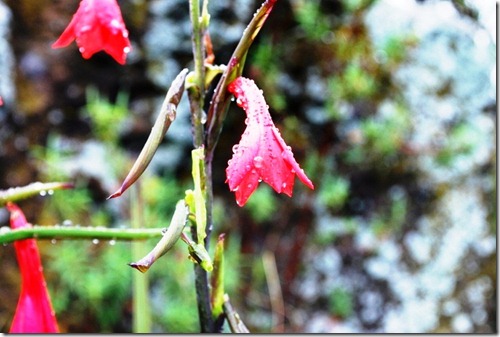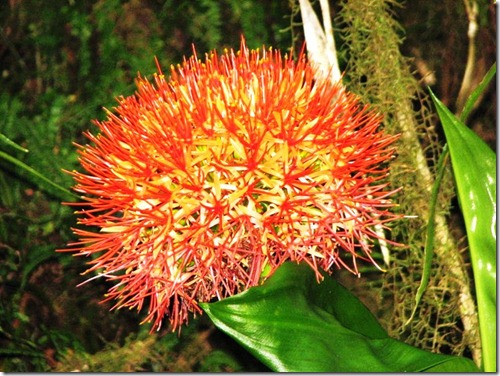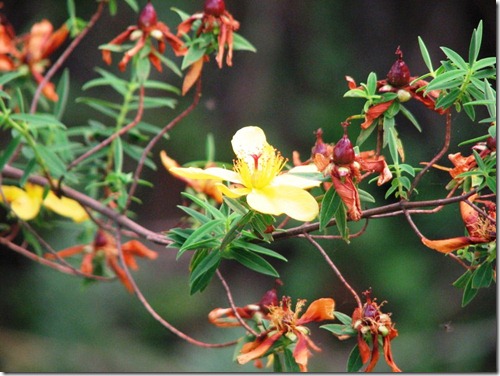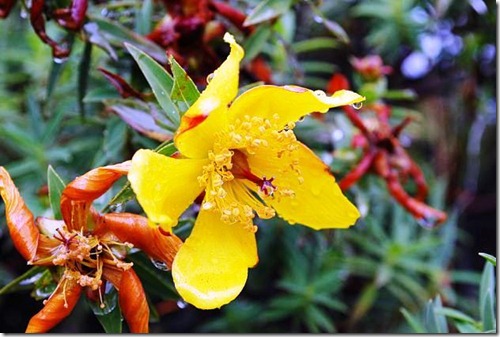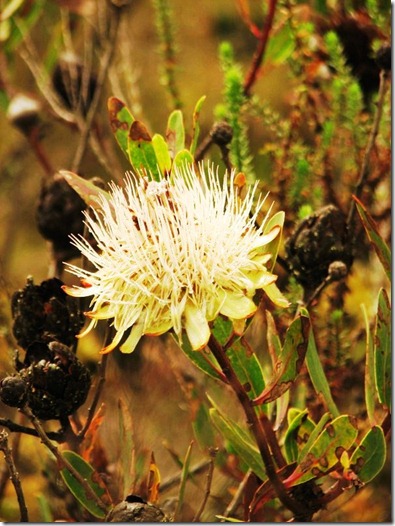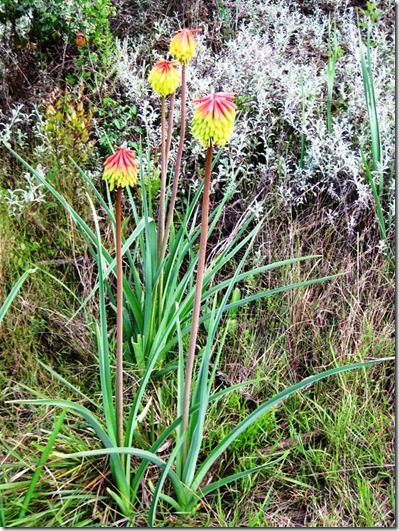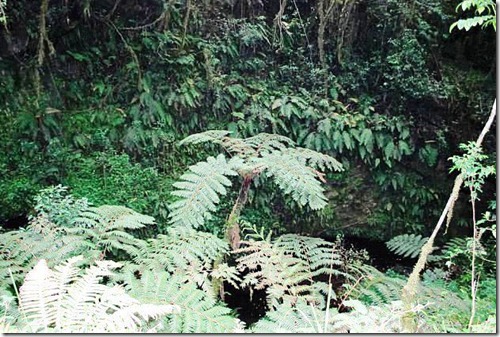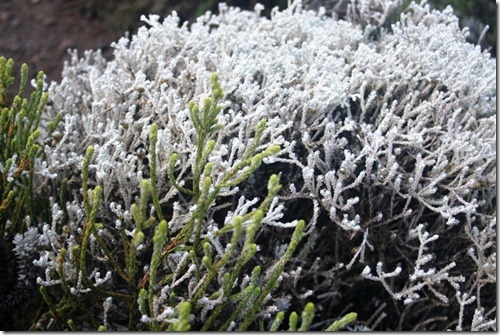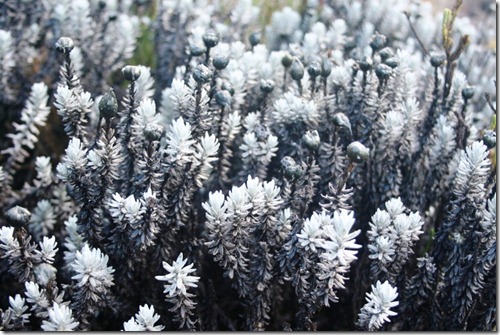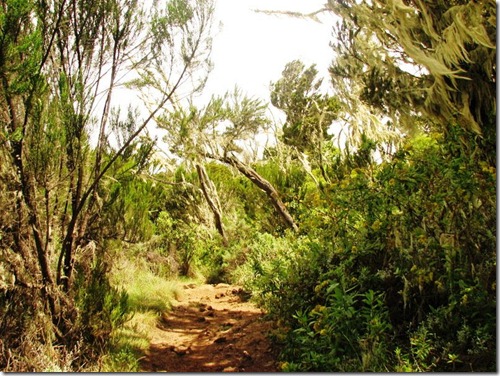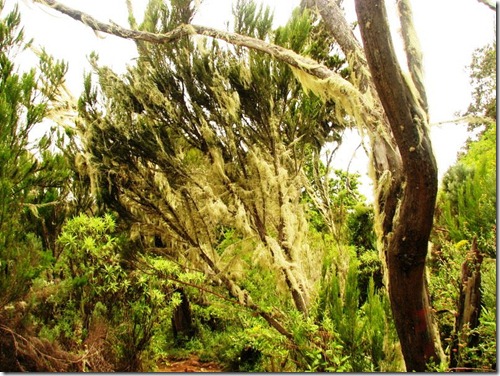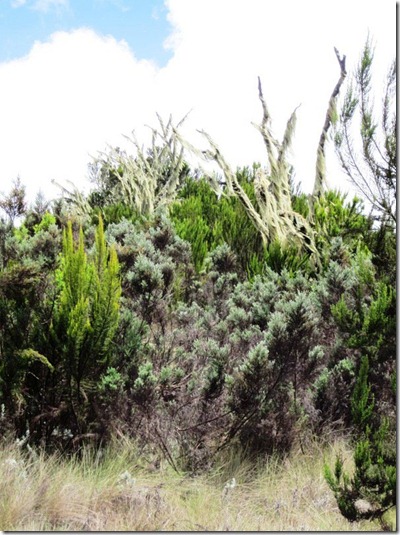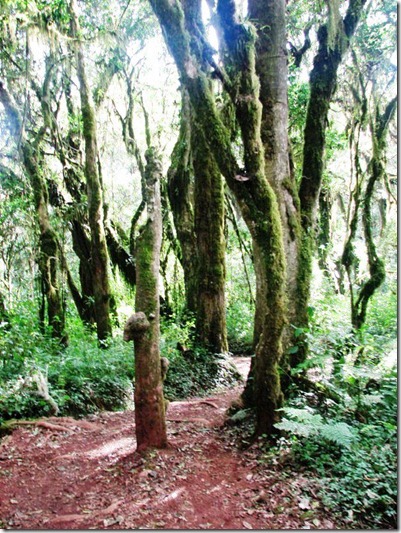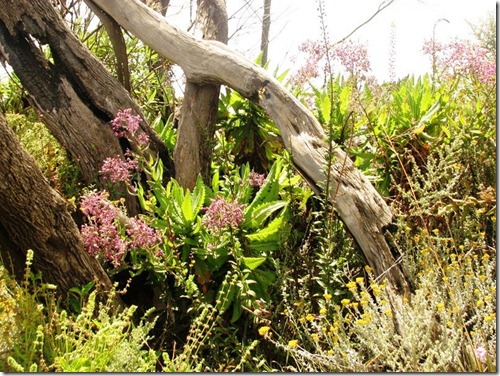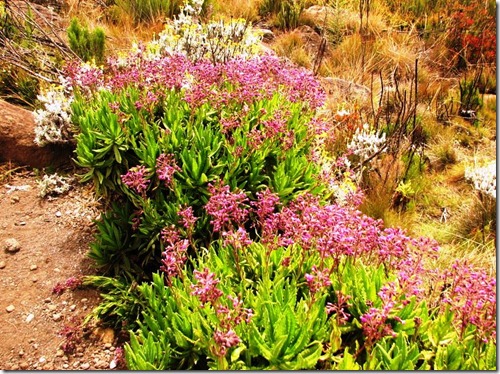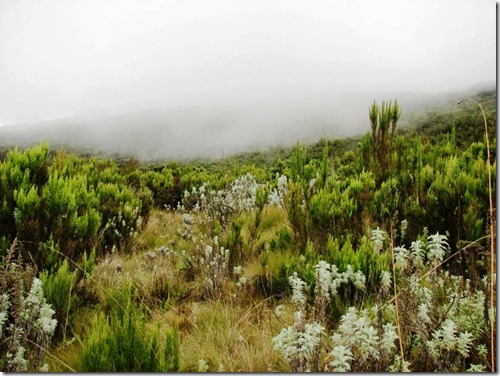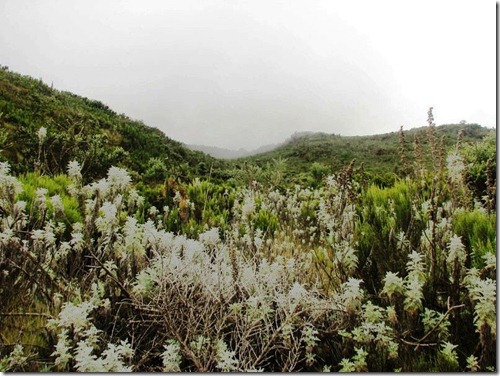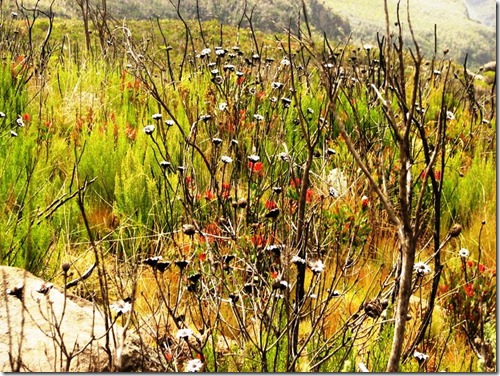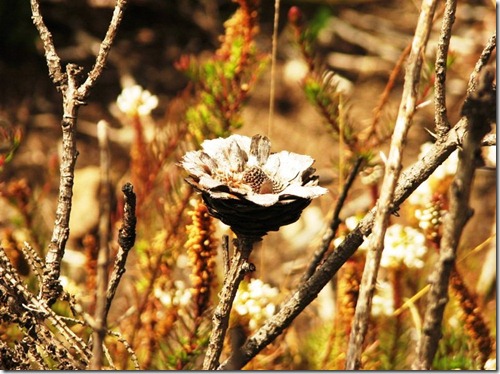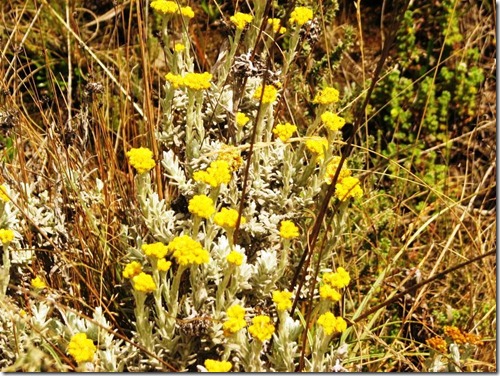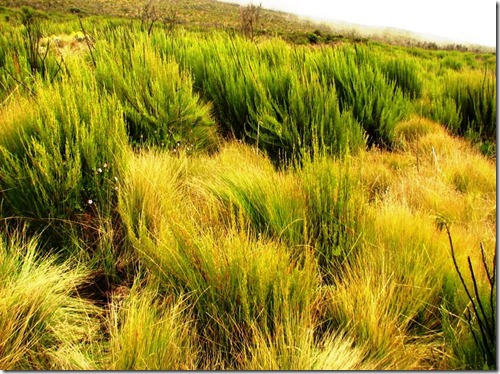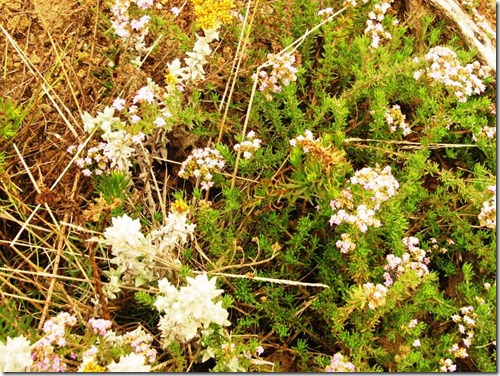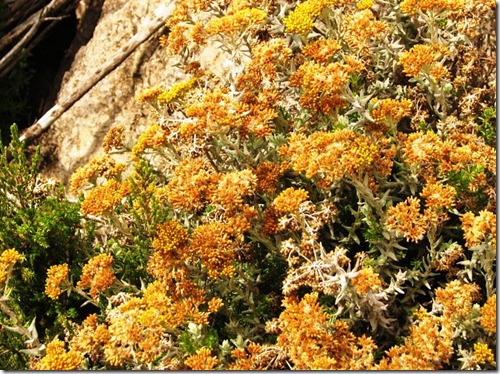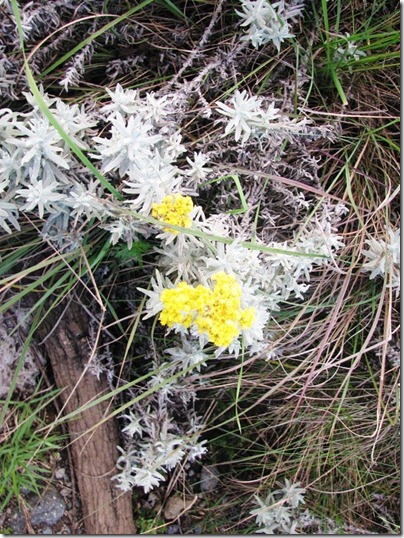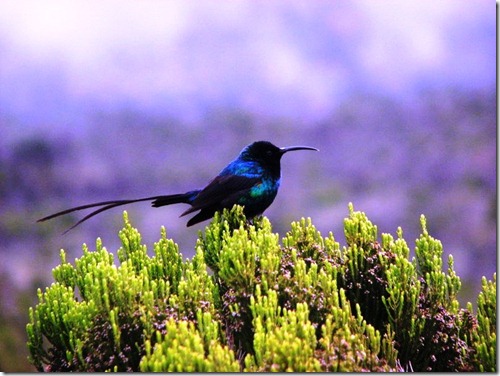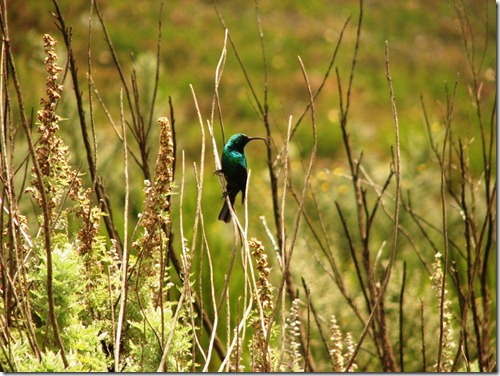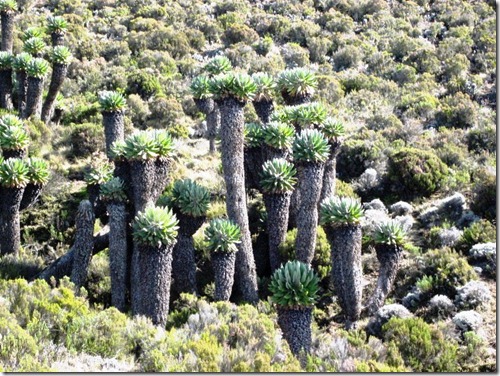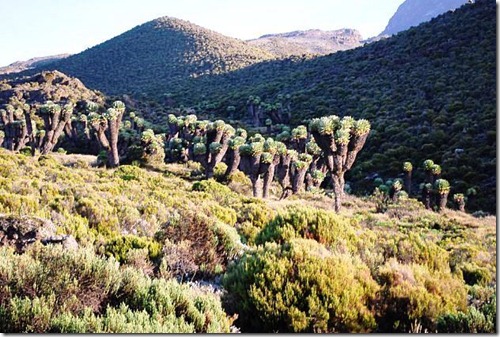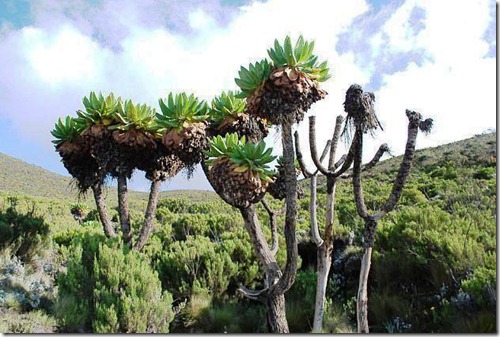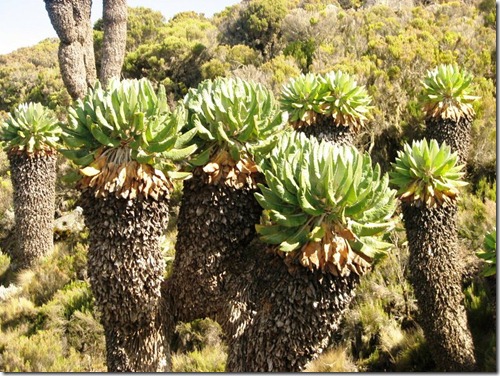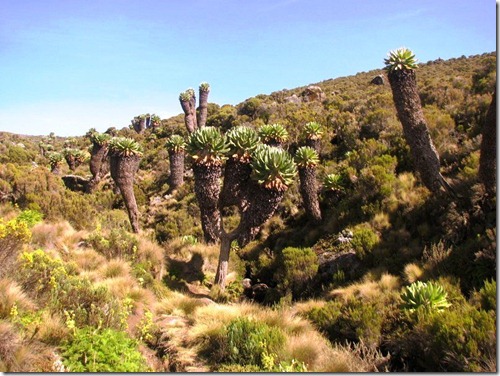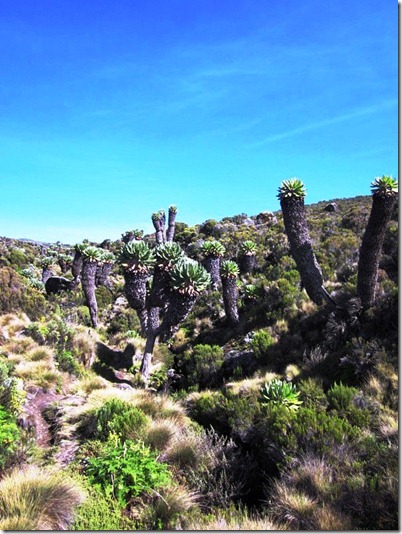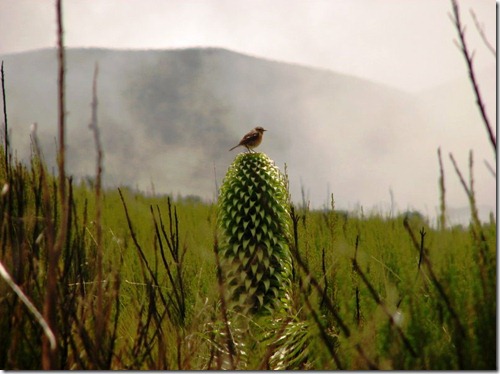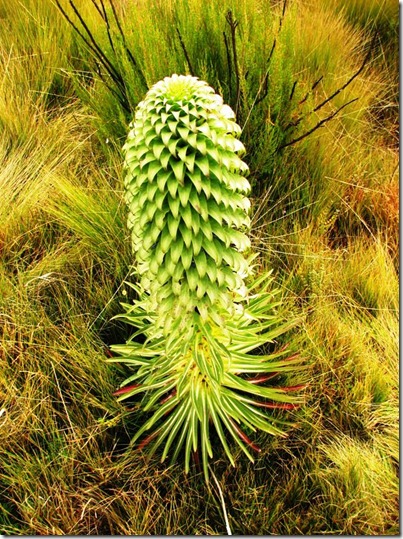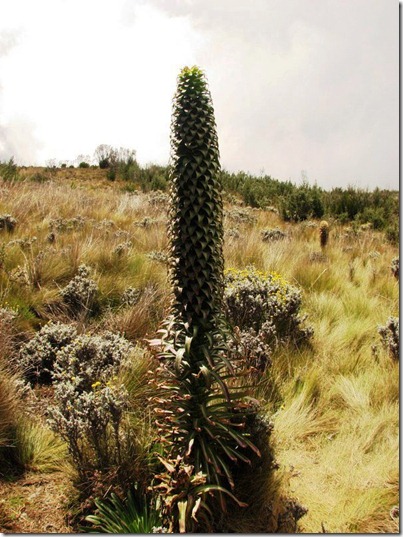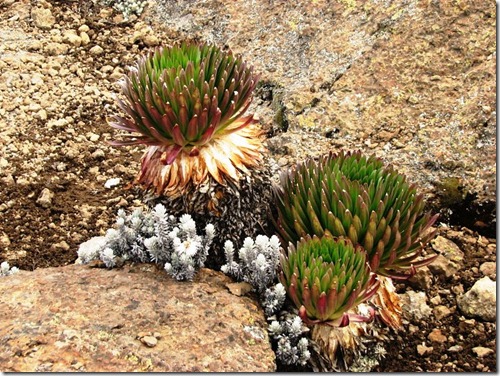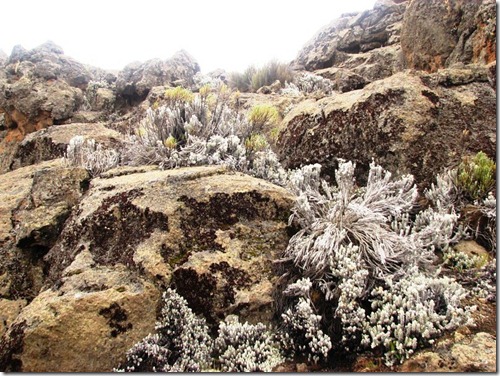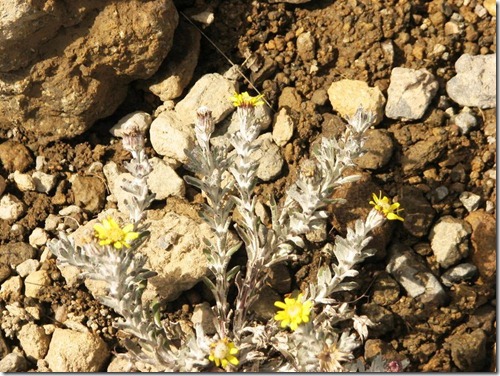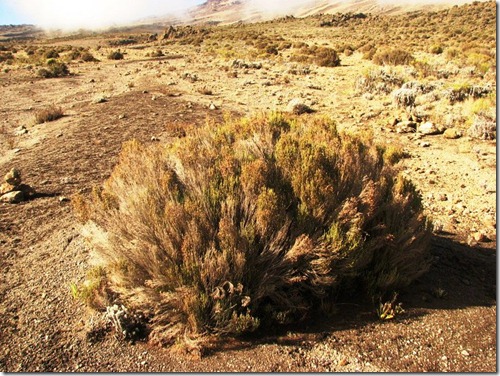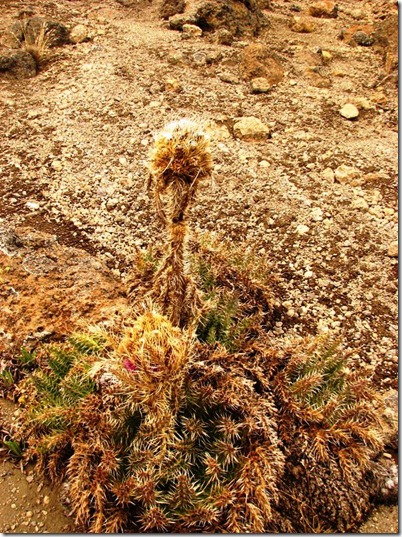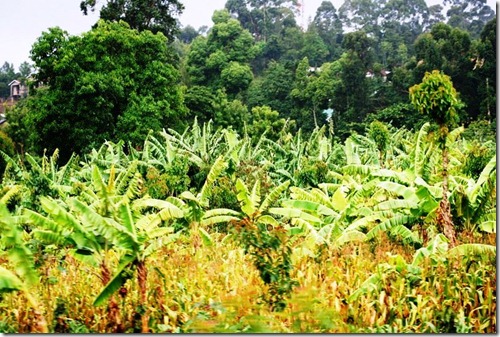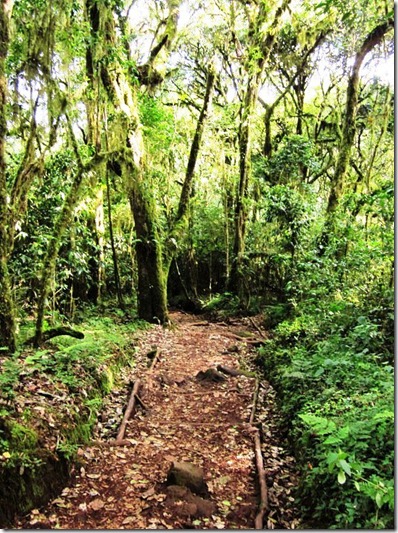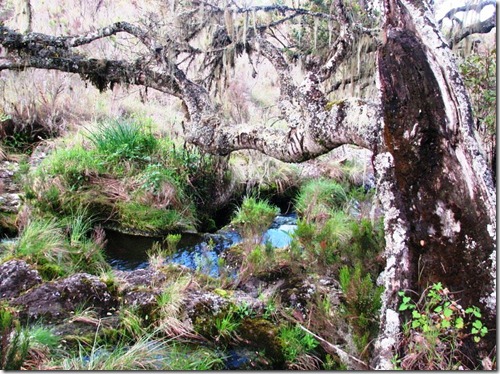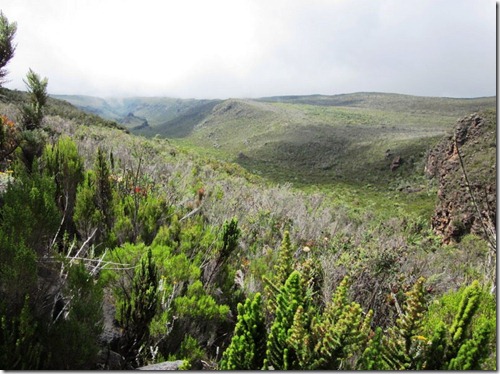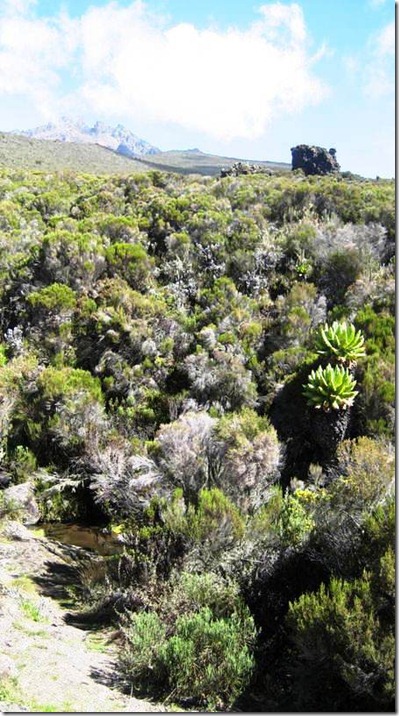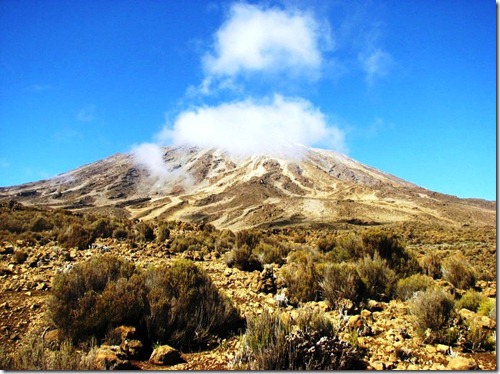Thoughts & Sayings (June 2012)
 Here are some thoughts and sayings I posted on Twitter and/or Facebook in May. To my knowledge, I made these up (for better or for worse). Sit back, relax, and enjoy the write!
Here are some thoughts and sayings I posted on Twitter and/or Facebook in May. To my knowledge, I made these up (for better or for worse). Sit back, relax, and enjoy the write!
Encouraging Words
1. Traveling is always one trip forward and two setbacks.
2. Behind every good gadget is a processor.
3. When mining for knowledge, it’s important to filter the gems from the slag.
 4. The distance between ahead and behind is half a body’s length.
4. The distance between ahead and behind is half a body’s length.
5. Think twice about bullying someone. They may be your future boss.
6. My weight has held me captive for so long that I feel like going on a hunger strike.
7. Is it better to be sharp, well-rounded, or a square?
Twisted Words
8. Transfarmers: Robots that turn into domesticated animals and agricultural equipment.
![clip_image002[4] clip_image002[4]](https://www.mgedwards.com/wp-content/uploads/2012/06/clip_image0024_thumb.png) 9. You can cross your eyes, but can you dot your T’s?
9. You can cross your eyes, but can you dot your T’s?
10. Sometimes I crack myself up. I really have to stop egging myself on.
11. I’m a fruit, and you’re nuts. Let’s make trail mix.
In Its Own Write
12. When you’re a writer, the work never stops. You have to decide when to stop working.
13. Make every word count. Enroll them in a math course.
Holidays & Events
 14. April showers May bring flowers.
14. April showers May bring flowers.
15. Overheard on the radio: “May Day! May Day! We’re going down…to occupy the park!”
16. This Cinco de Mayo, try not to eat at a French restaurant.
17. A haiku. Mother, mom, and friend. Today honors you all year. No one else but you.
18. Beware, beware, the Ides of May! Oh, wait. Never mind. Caesar has passed.
19. Perhaps the movie “Men In Black 3” starring Tommy Lee Jones and Josh Brolin should been have called “No Country for Old Men in Black.”
![clip_image002[6] clip_image002[6]](https://www.mgedwards.com/wp-content/uploads/2012/06/clip_image0026_thumb.png) 20. “Snow White and the Huntsman”: Bella Swan and Thor team up to fight the evil Meredith Vickers on the Prometheus.
20. “Snow White and the Huntsman”: Bella Swan and Thor team up to fight the evil Meredith Vickers on the Prometheus.
Random Musings
21. I’m trying to see what’s happening on the other side of the world, but the horizon is blocking the view.
22. It’s bad luck to throw salt into your coffee.
23. Today I made coffee with sugar instead of salt. It’s going to be a better day. I can feel it. Less bloating.
![clip_image002[8] clip_image002[8]](https://www.mgedwards.com/wp-content/uploads/2012/06/clip_image0028_thumb.png) 24. How in the world do I feel tired when you’re just getting started? I must have my days and nights turned around.
24. How in the world do I feel tired when you’re just getting started? I must have my days and nights turned around.
25. Get 10,000 Twitter followers in minutes! Be a celebrity. Double it! Tweet crazy stuff too. Triple it! Get in trouble for tweeting crazy stuff.
26. In our 140-character world, wouldn’t it be easier to greet people with acronyms instead of salutations? GM. HRU2day? HAGD.
27. A few years ago I received e-mails from friends. Now my inbox is filled with messages from my pals Facebook and Twitter.
28. My son is a really good back-seat driver. It’s too bad that he doesn’t know how to drive.
 M.G. Edwards is a writer of books and stories in the mystery, thriller and science fiction-fantasy genres. He also writes travel adventures. He is author of Kilimanjaro: One Man’s Quest to Go Over the Hill, a non-fiction account of his attempt to summit Mount Kilimanjaro, Africa’s highest mountain. His collection of short stories called Real Dreams: Thirty Years of Short Stories available as an e-book and in print on Amazon.com. He lives in Bangkok, Thailand with his wife Jing and son Alex.
M.G. Edwards is a writer of books and stories in the mystery, thriller and science fiction-fantasy genres. He also writes travel adventures. He is author of Kilimanjaro: One Man’s Quest to Go Over the Hill, a non-fiction account of his attempt to summit Mount Kilimanjaro, Africa’s highest mountain. His collection of short stories called Real Dreams: Thirty Years of Short Stories available as an e-book and in print on Amazon.com. He lives in Bangkok, Thailand with his wife Jing and son Alex.
For more books or stories by M.G. Edwards, visit his web site at www.mgedwards.com or his blog, World Adventurers. Contact him at me@mgedwards.com, on Facebook, on Google+, or @m_g_edwards on Twitter.
© 2012 Brilliance Press. All rights reserved. No part of this work may be reproduced or transmitted without the written consent of the author.

![clip_image002[4] clip_image002[4]](https://www.mgedwards.com/wp-content/uploads/2012/06/clip_image0024_thumb.jpg)

